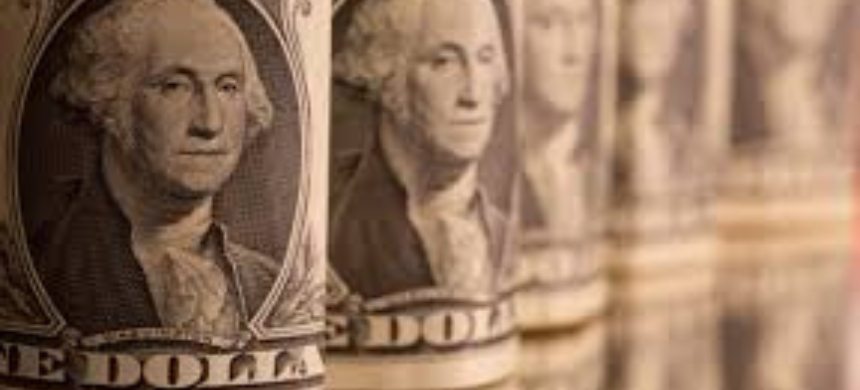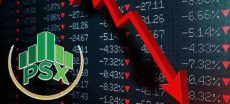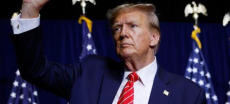Markets Rally as U.S. Trade Policy Shifts Spark Volatility
Hong Kong stocks surged to a two-month high, U.S. equity futures gained, and currency markets experienced sharp fluctuations as investors reacted to abrupt shifts in U.S. trade policy.
On Tuesday, S&P 500 futures climbed 0.4%, while the U.S. dollar reversed earlier gains against the Mexican peso and Canadian dollar. This followed President Donald Trump’s decision to suspend upcoming tariffs after committing to stricter border enforcement measures.
Read More: Oil Prices Drop Amid Rising US Fuel Stocks and Stronger Dollar
The euro saw extreme volatility, dropping to $1.0125 before rebounding to $1.0320 within 24 hours, reflecting market uncertainty over Trump’s negotiation tactics.
Hong Kong’s Hang Seng Index rose 2.5%, despite a scheduled 10% tariff on Chinese goods taking effect at 0501 GMT. Electric vehicle manufacturers led the rally, with Li Auto gaining 8% and semiconductor giant SMIC surging over 7% to a record high.
“Trump appears to be following his usual strategy—threatening hefty tariffs while leaving room for negotiation,” said Steven Leung, an institutional trader at UOB-Kay Hian in Hong Kong. “It doesn’t seem like a firm policy yet, so there’s no need for excessive concern.”
European equity futures showed a more modest 0.2% increase. Meanwhile, oil prices fluctuated, with Brent crude hovering near a one-month low at $75.46 per barrel.
Bitcoin, which had plunged close to $91,000 the previous day, rebounded to around $102,000.
“This rollercoaster of public negotiation over tariffs and other policies is something investors should get used to,” said Ross Mayfield, an investment strategy analyst at Baird in Louisville, Kentucky.
Australian stocks rose 0.4%, while Japanese markets gained 1.7%, though the increases were more restrained compared to Monday’s losses, which were driven by trade war concerns.
White House officials confirmed that President Trump will speak with Chinese President Xi Jinping in the coming days.
Despite Chinese markets being closed for the Lunar New Year, the offshore yuan strengthened to 7.3112 per dollar after hitting a low of 7.3765.
The Australian dollar stabilized at $0.6206 after plunging to $0.6088 on Monday. Meanwhile, the Japanese yen, a traditional safe-haven asset, eased 0.3% to 155.18 per dollar.
Gold remained near record highs, trading at $2,813 per ounce, as investors sought safety amid global trade tensions. Treasury futures dipped slightly, with markets divided on whether the U.S. Federal Reserve will implement one or two rate cuts this year.
“The increase in policy uncertainty will be difficult to reverse,” said J.P. Morgan’s chief U.S. economist, Michael Feroli.
“For the Fed, recent developments will likely reinforce their cautious stance, keeping them in a wait-and-see mode,” he added.











